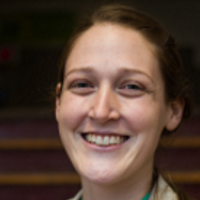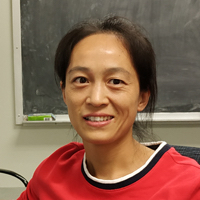Jesse Adamski (UF Mathematics)
ZoomMinimizing the financial cost of COVID-19 using optimal control The COVID-19 pandemic has already caused hundreds of thousands of deaths worldwide. Countries have implemented national lockdowns in an effort to curtail the loss of human life. Consequently, they have had major economic repercussions due to joblessness and other factors. In an attempt to decrease economic …









